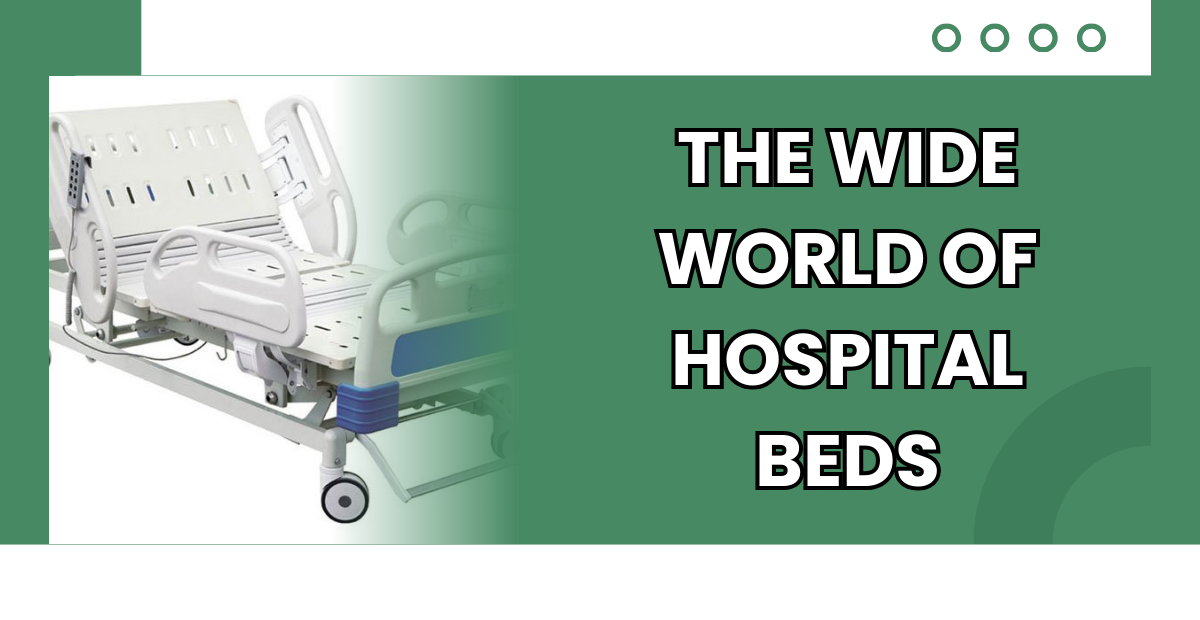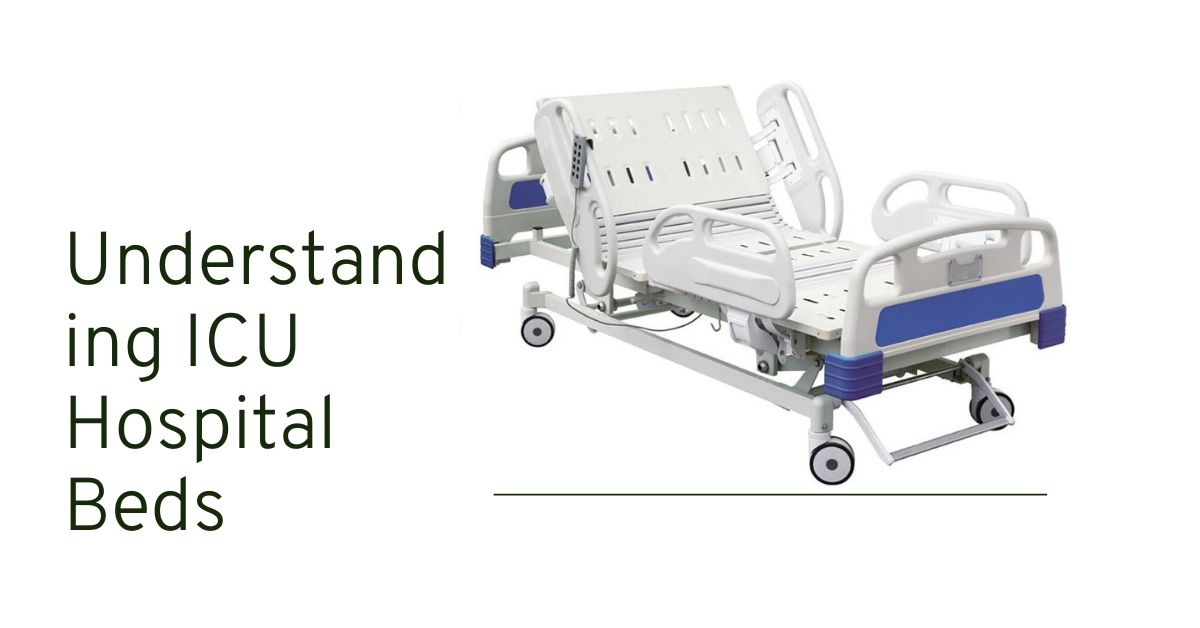In the realm of healthcare, every aspect of a facility’s design plays a crucial role in promoting healing, comfort, and efficiency. One key element that often goes unnoticed yet significantly impacts the overall experience is hospital furniture. From patient rooms to waiting areas, lobbies, and staff lounges, hospital furniture serves as the backbone of a well-designed and functional medical environment.
As the healthcare industry continues to evolve, so too does the demand for innovative and specialized hospital furniture. With a diverse range of options available, understanding the different types and their purposes becomes essential for healthcare professionals, facility managers, and even patients. In this comprehensive guide, we’ll explore the various categories of hospital furniture, shedding light on their unique features and applications.
Patient Beds and Mobility Aids
At the heart of any healthcare facility lies the patient bed, a critical piece of furniture designed to provide comfort, support, and safety for those receiving medical care. From manual to fully-automated models, patient beds come in a variety of styles and configurations, catering to specific needs such as bariatric, critical care, or long-term care scenarios. Complementing these beds are mobility aids like wheelchairs, walkers, and stretchers, which facilitate patient transport and enhance accessibility.
Patient Room Furniture
Beyond the bed, patient rooms require a thoughtful selection of furniture to create a comfortable and inviting environment. Bedside tables, overbed tables, and seating options like recliners or sleeper sofas cater to the needs of both patients and their visitors. Storage solutions, such as wardrobes and cabinets, provide organization and privacy, while privacy curtains and screens offer a sense of seclusion when needed.
Waiting Area and Lobby Furniture
First impressions matter, and the furniture in waiting areas and lobbies sets the tone for a healthcare facility’s overall ambiance. Comfortable seating options, such as chairs, sofas, and benches, ensure visitors and patients can wait in a relaxed setting. Coffee tables, end tables, and magazine racks add functional touches, while planters and artwork contribute to a welcoming and aesthetically pleasing environment.
Examination and Treatment Furniture
In examination rooms and treatment areas, specialized furniture plays a vital role in facilitating efficient and effective care. Examination tables, procedure chairs, and physician stools are designed with ergonomics and functionality in mind, allowing healthcare professionals to perform their duties with ease and precision. Diagnostic equipment, such as ultrasound or X-ray machines, often integrate seamlessly with these furniture pieces.
Administrative and Staff Furniture Behind the scenes, administrative and staff areas require a range of furniture solutions to support daily operations. Desks, chairs, file cabinets, and shelving units facilitate organization and productivity, while conference tables and seating accommodate meetings and collaborative efforts. Staff lounges and break rooms may feature comfortable sofas, chairs, and tables, providing a space for rest and relaxation during breaks.
Nursery and Pediatric Furniture
In areas dedicated to caring for infants and children, hospital furniture takes on a more playful and welcoming aesthetic. Cribs, bassinets, and rocking chairs cater to the needs of newborns and their parents, while child-sized examination tables, chairs, and activity tables create a friendly and engaging environment for younger patients.
Specialty Furniture
As medical techniques and technologies advance, so too does the need for specialized hospital furniture. Operating room tables, surgical lights, and equipment booms are essential for intricate procedures, while rehabilitation equipment like parallel bars, treadmills, and exercise bikes aid in physical therapy and recovery. Specialty furniture may also include isolation units, cleanrooms, and laminar flow benches for sensitive medical applications.
Throughout the various departments and areas of a healthcare facility, hospital furniture plays a pivotal role in ensuring optimal functionality, safety, and comfort. From patient beds to waiting area seating, examination tables to administrative workstations, each piece is thoughtfully designed to meet the unique demands of its intended purpose.
When outfitting a hospital or medical center, it is essential to partner with reputable hospital furniture manufacturers who prioritize quality, durability, and adherence to industry standards. By carefully selecting the right furniture solutions, healthcare facilities can create environments that not only enhance the patient experience but also promote efficiency, productivity, and overall well-being for all who enter their doors.






